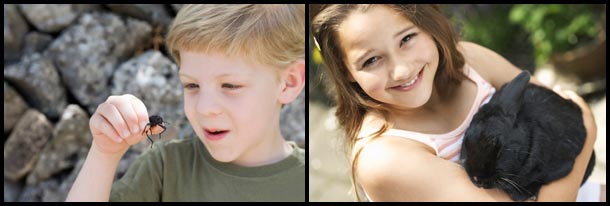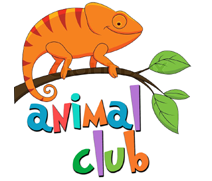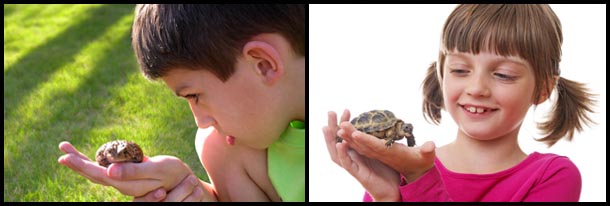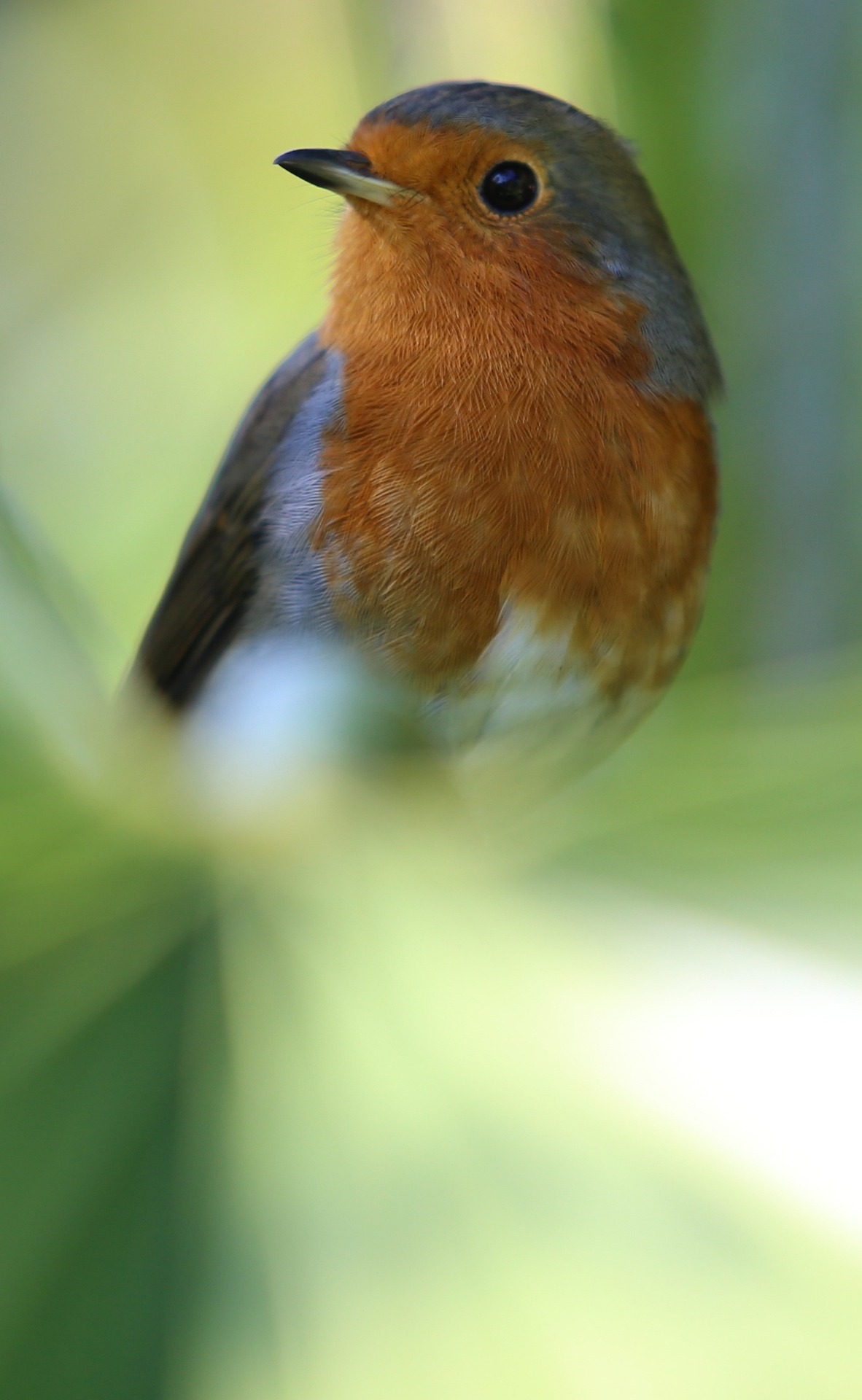Why Do Robins Have a Red Breast?
Who doesn’t love the cheerful songs and vibrant red breasts of robins? These small, friendly birds are a common sight in many parts of the world, and they are often considered a symbol of winter and spring. Their presence brings a sense of joy and hope. But, why do Robins have such a unique red breast? The answer is carotenoid pigments!

Why do robins have a red breast? The bright red breast of the robin is a striking feature. This rosy hue is caused by the carotenoid pigments that the robin consumes in its diet. Because carotenoids are found in a variety of fruits, berries, insects, and other foods the bird eats, the more carotenoids a robin takes in, the redder its breast will become.

Every robin has a different red breast pattern unique to them. This is because the pattern is created by tiny blood vessels that lie just below the surface of the birds skin. The pattern isn’t actually visible until the bird is about 10 days old. It even changes throughout the birds life!
A Diverse Diet
Robins are not picky eaters; they’re omnivorous, they enjoy a variety of foods from both the plant and animal kingdoms. They supplement their meals with fruits, berries, and seeds but their primary diet consists of earthworms, beetles, and other insects. This diverse diet ensures that they have a steady supply of nutrients throughout the year, even when food sources may be limited.

Symbolism and Significance
Beyond their melodious songs and vibrancy, robins carry a deeper significance in many cultures. In many European traditions, the robin is associated with love, passion, and fidelity. In some Native American cultures, the robin is considered a symbol of peace and harmony.

FUN FACT: Robins are very vocal birds. They sing throughout the year to attract a mate. They also sing to defend their home, and also to communicate with other robins.
Protecting These Beloved Birds
As we appreciate the beauty and symbolism of robins, it is crucial to ensure their well-being. Here are a few ways we can help these delightful birds thrive:
- Provide Food and Water: Offer bird feeders and water baths to supplement their natural food sources, especially during the winter months.
- Protect Their Habitat: Reduce pesticide use, conserve forests and other natural areas, and create a garden bird sanctuary to safeguard their habitat.
- Create a Welcoming Environment: Plant native plants, leave brush piles for nesting, and avoid unnecessary use of pesticides to create an inviting environment for robins.
So, by taking these simple actions, we can help ensure that robins continue to grace our gardens, parks, and communities for many years to come. Their cheerful songs and vibrant colours will continue to bring joy and hope to our lives. At Animal Club, we love the Red breast Robin!

Extra information
Animal-Club provides animal parties or animal handling workshops. You will be able to see, learn and interact with many wonderful animals with the help of our presenters. Our mobile zoo has many friendly animals such as rabbits, tarantulas, geckos, vinegaroons and more, perfect for an animal party. We can also , come over to your school for an animal school visit or arrange for an animal workshop with us where the children can learn about looking after animals and animal behaviour, and have fun too.



